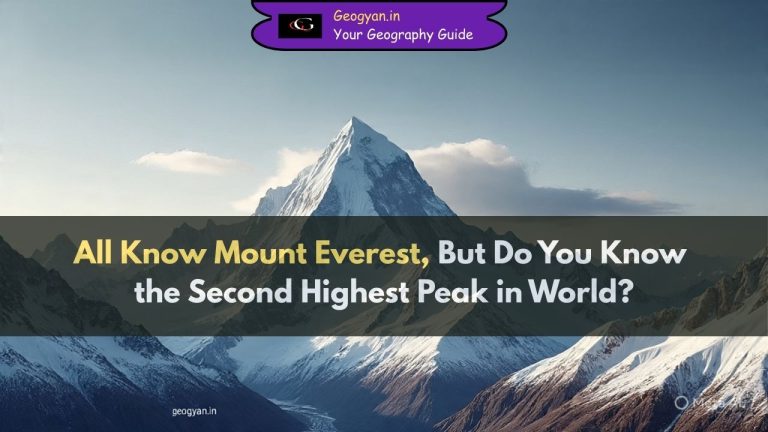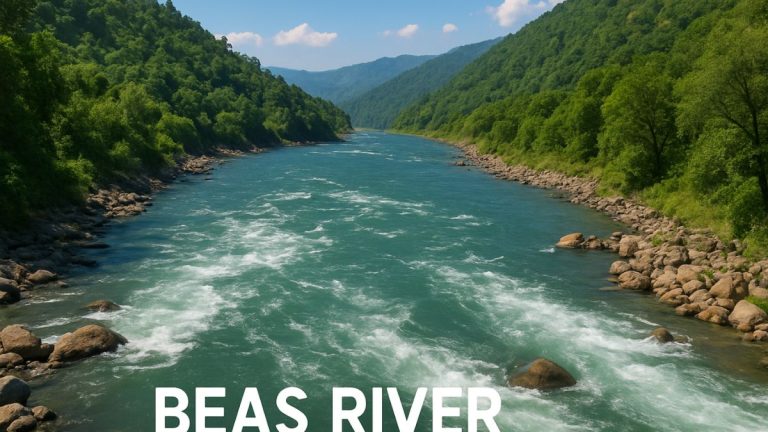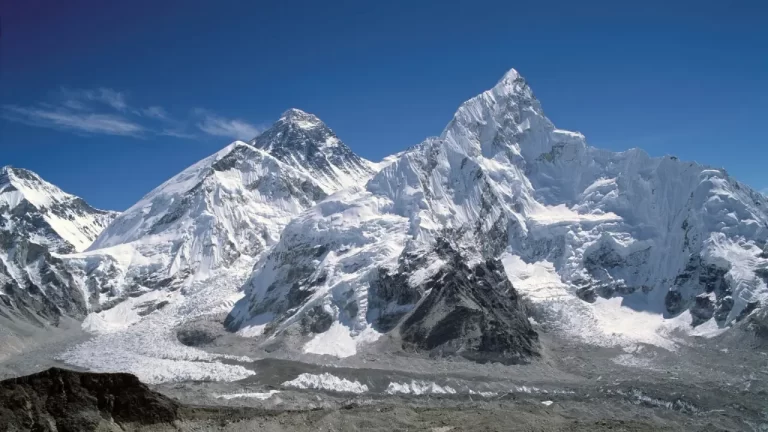Estimated reading time: 7 minutes

Otto Schluter (1872-1952) from Germany was a geographer who had different ideas about what geography should focus on. While many geographers saw geography as the study of different areas of the Earth, Schluter and others felt that geography should have a clear subject of study and not just be defined by its method.
One problem he had was with the way regional geography was being approached. The Hettnerian schema, a method for studying regions, placed too much importance on physical features and didn’t consider other factors like population, economy, and historical-cultural forces that make places unique. He believed that geography should look at these aspects too.
Another issue was that regional studies only looked at the present situation and didn’t consider how things change over time. To truly understand the interrelations between different aspects of a place, it was necessary to study its past and the changes happening over a period.
Because of these dissatisfactions, geographers like Schluter looked for alternative concepts of geography. One concept that gained popularity was the idea of landscape, which Schluter helped develop. He saw geography as the study of landscapes, and he wrote a famous book called “Objectives of the Geography of Man” in 1906, presenting this alternative view.
Schluter was interested in the geography of settlements in Central Europe. He spent almost forty years working on this subject and published a three-volume work titled “Siedlungsraume Mittelenuropas in Fruhgeschichtlicher Zeit” between 1952 and 1958.
In summary, Otto Schluter was a geographer who proposed a different approach to geography, focusing on landscapes rather than just areas. He believed that geography should consider various factors that make places unique and also study the changes happening over time. He dedicated a significant portion of his career to studying the settlements in Central Europe.
In his 1906 paper, Schluter suggested that geographers should focus on studying things on the Earth’s surface that we can see and experience with our senses. He called this the “visual perception of area,” and he called it landscape. According to him, considering landscape as the subject of geography elevated the discipline to the same level as other scientific fields.
Since landscape is based on what we can see, things like politics, culture, and the economy were not the main focus of geography. Schluter believed that we could learn about these aspects from other fields of knowledge and use that information to understand the landscape. The landscape, like a building, reflects the culture and economy of the people living in that area. However, our interest in politics, culture, and the economy should only be to the extent that they shape the visible landscape.
Schluter also included the concept of process or how things change over time in his idea of geography as the study of landscapes. He introduced the concepts of cultural landscape and natural landscape to capture these changes. He believed that studying landscapes should involve not only classifying and understanding their distribution, but also examining how they change over time.
Schluter emphasized that human geography should focus on recognizing the shape and arrangement of things on the Earth’s surface that we can perceive with our senses. He called his method morphological, which means it was similar to studying the shape of landforms. Like studying landforms, human geography focused on the visible expression of processes, not the processes themselves.
Schluter noted that the cultural landscape includes both things that are fixed in place and things that can move. The fixed things need to be explained by considering all the effects that different cultures and time periods have had on the landscape. The movable things include people, their creations, and their movements. In other words, studying the cultural landscape involves not only studying routes and patterns of movement, but also the people and things that move along them.
Schluter’s concept suggested that each small area has its own unique characteristics, both in terms of the physical environment and the culture. He believed that these characteristics form distinct units that can be studied. When studying cultural landscapes, the focus is on the shape and structure of the landscape rather than the reasons behind why things are the way they are.
Schluter’s approach also emphasized the importance of understanding the historical evolution of cultural landscapes. This means looking at how the elements in the present-day landscape are connected to the area’s past and the natural landscape that was there before. The current organization and functions of the area play a role in explaining how things are grouped together in the landscape.
It’s important to note that Schluter’s morphological approach was different from the environmentalism ideas of some of his contemporaries, like Davis and Mill. Schluter focused on the association and arrangement of landscape elements, rather than the environmental causes of those elements.
While Heitner and Schluter’s concepts may seem different at first glance, they actually have similarities. They both recognized that there are different types of areas on the Earth’s surface, and they wanted to understand the unique characteristics of these areas. Heitner focused on how the features of a region reflected the physical patterns of the Earth, while Schluter looked at the interrelations of these features that gave each region its distinctive appearance.
However, there was confusion among followers of the landscape science concept. The term “landscape” had different meanings in the German language, which led to confusion in its usage. Some geographers used it to refer to a distinct territory with a uniform appearance, while others used it in an artistic sense to describe the visual aspect of the Earth.
This lack of clarity in the definition and scope of landscape science caused confusion and differing interpretations among scholars. Some scholars included invisible phenomena like wind and temperature, while others restricted the term to only visible aspects. Some even wanted to broaden the scope of landscape to include everything from law and religion to political and economic institutions.
In a review of Schluter’s work, Leo Waibel pointed out that Schluter gave geography a solid foundation for studying the cultural landscape, similar to how physical geography studies the natural landscape. The concept of landscape allowed for examining its shape, functioning, and history, just like we study natural phenomena in the physical environment. This bridged the gap between physical geography and human geography, bringing them closer together in terms of subjects and methods.
Before World War II, German geographers widely embraced Schluter’s concept of landscape and its methodological principles. They saw landscapes as dynamic structures, unique systems within the broader Earth system. However, these ideas had limited impact in English-speaking countries until Carl Sauer introduced them in his essay on “The Morphology of Landscape” in 1925. Sauer later formed the Berkeley School, a research group that focused on the historical and ecological study of cultural landscapes.
In France, Jean Brunhes advocated similar ideas, but they received little attention in the English-speaking world. Even in the United States, the concept of landscape was mainly explored within the Berkeley School. One reason for this limited adoption was the strong influence of Richard Hartshorne’s book, “Nature of Geography” published in 1939, which favored the traditional Hettnerian paradigm of geography as the long-standing concept of the discipline.
What were Otto Schluter’s alternative ideas about the focus of geography?
How did Schluter’s concept of landscape differ from traditional regional geography?
What were the key aspects of Schluter’s morphological approach to human geography?
How did Schluter view the cultural landscape and its components?
What impact did Schluter’s concept of landscape have on the field of geography?
You May Also Like






























One Response